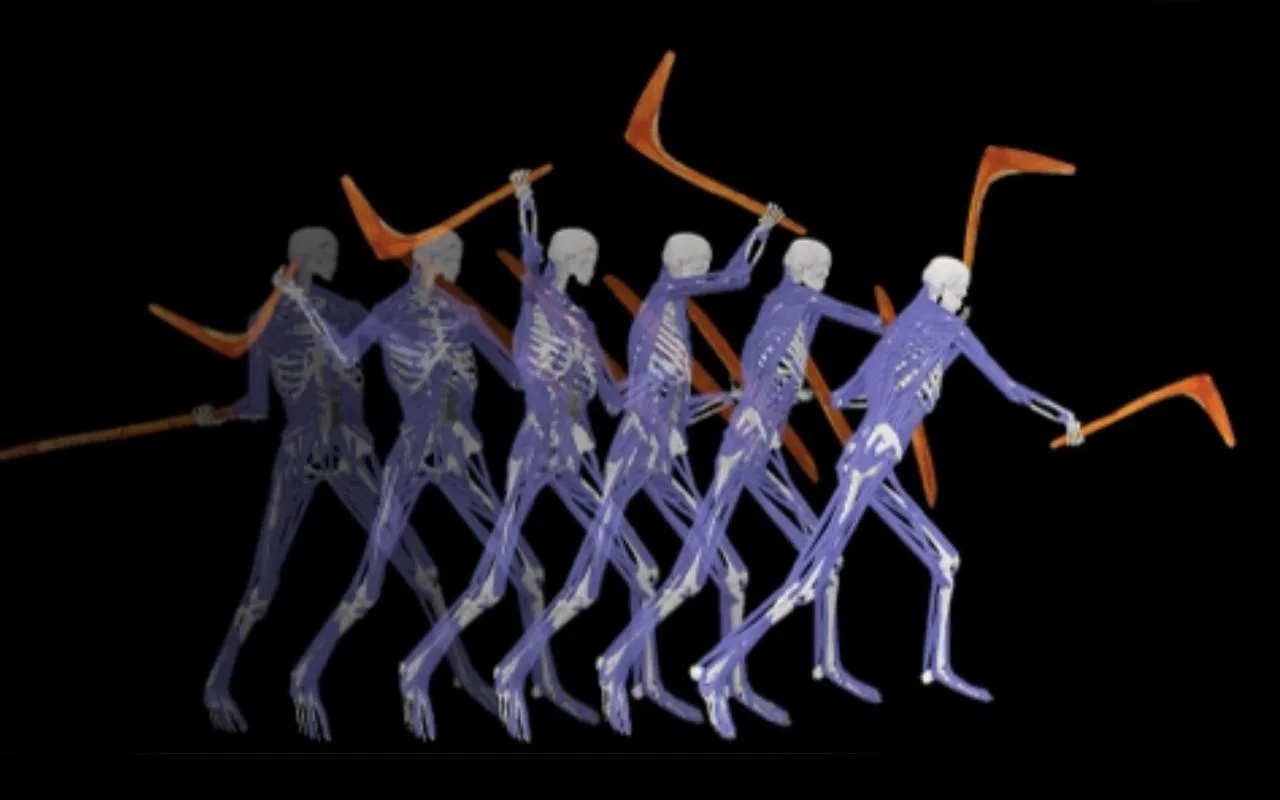Ancient Precision: The Deadly Strength of Indigenous Australian Weapons Uncovered

A recent study has unveiled groundbreaking insights into the design and effectiveness of two traditional Indigenous Australian weapons: the kodj and the leangle. Conducted by biomechanics experts, this research dives into the precision, strength, and impact of these tools, which have been integral to First Nations cultures for millennia. Published in Scientific Reports, the study reveals not only the history behind these weapons but also the mechanics that make them so formidable. The kodj, a versatile tool dating back tens of thousands of years, stands out for its distinctive double-edge structure, which allows it to function as both a weapon and tool.
The study was inspired by the ABC TV series First Weapons, whose creators initiated the research to shed light on these iconic implements. Focusing on the kodj—a hybrid tool that blends the functions of a hammer and axe and is traditionally used by the Nyoongar people of southwest Australia—and the leangle, often paired with a parrying shield in southeastern Australian traditions, the researchers used biomechanics tools to measure the energy, speed, and impact of strikes. Series host Phil Breslin, who also served as a combat tester, demonstrated the tools in action, providing real-world simulations that allowed the team to observe these weapons’ full potential.
Crafted with exceptional skill, the kodj consists of a sturdy handle made from wattle wood and a sharp stone blade, a combination that enables effective dual-sided use. Larry Blight, an artisan from the Menang Noongar community, created the kodj used in the study, meticulously following traditional techniques passed down through generations. The leangle, designed as a pointed, hardwood weapon, was created by Brendan Kennedy and Trevor Kirby of the Wadi Wadi Country. When paired with a hardwood shield, the leangle excels in close-quarters combat, offering both offensive and defensive capabilities that emphasize quick, precise strikes.
This study illuminates the depth of knowledge embedded within Indigenous Australian weapon-making traditions. It highlights not only the craftsmanship but also the scientific understanding behind these weapons’ design, as they were tailored for specific environmental and tactical needs. By merging historical knowledge with modern biomechanics, the research provides a powerful testament to the ingenuity and skill of Australia’s First Nations, whose tools reveal an unparalleled blend of precision, power, and resilience













